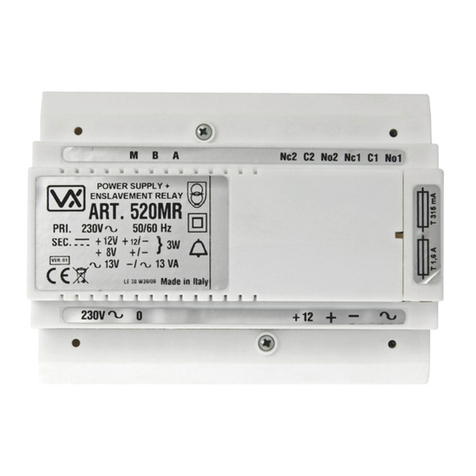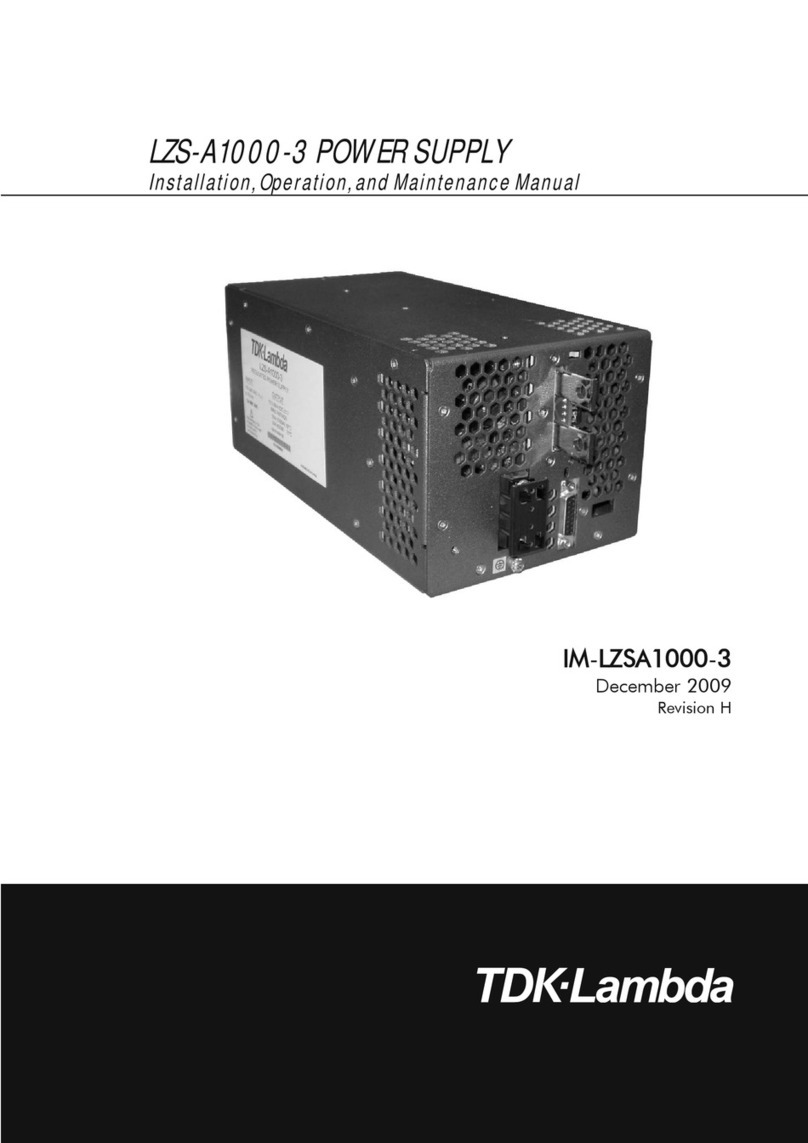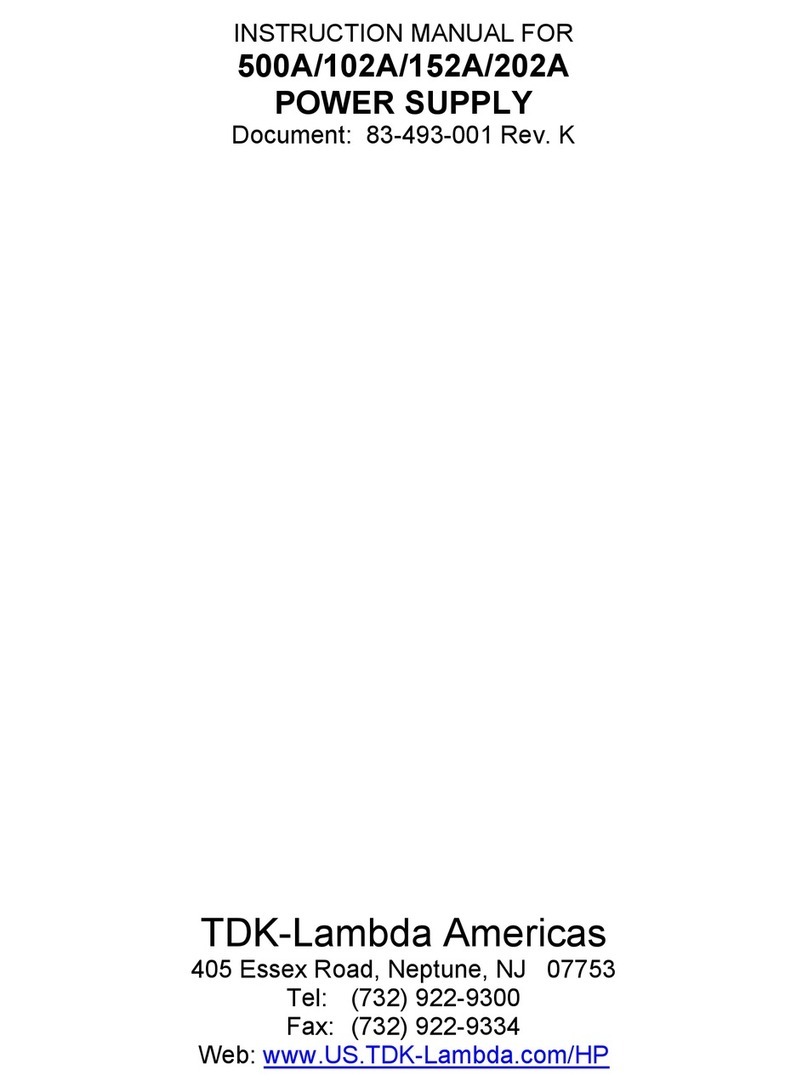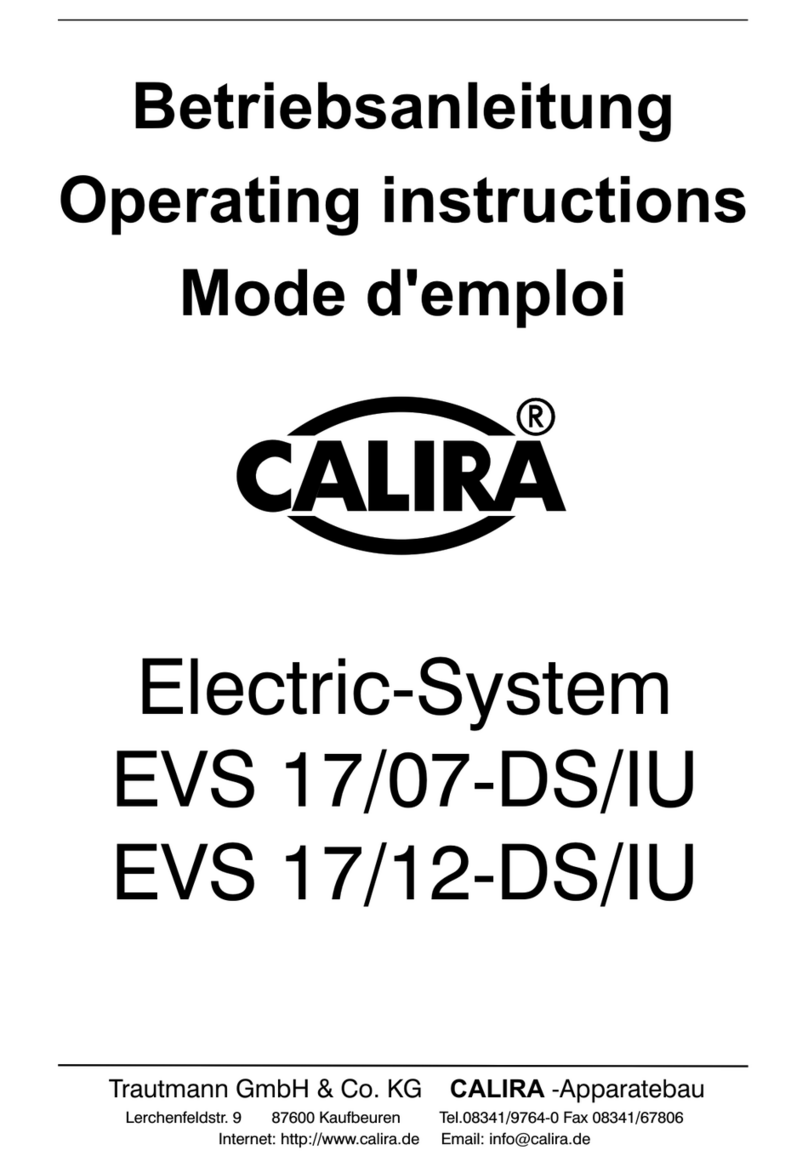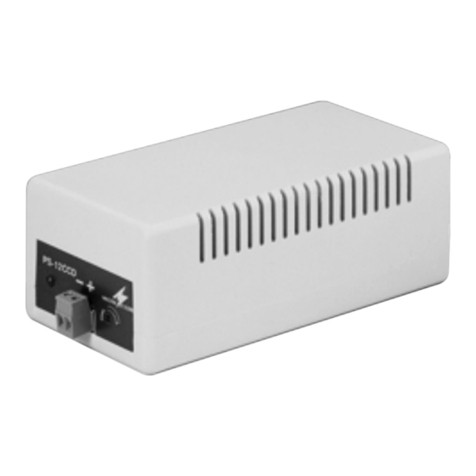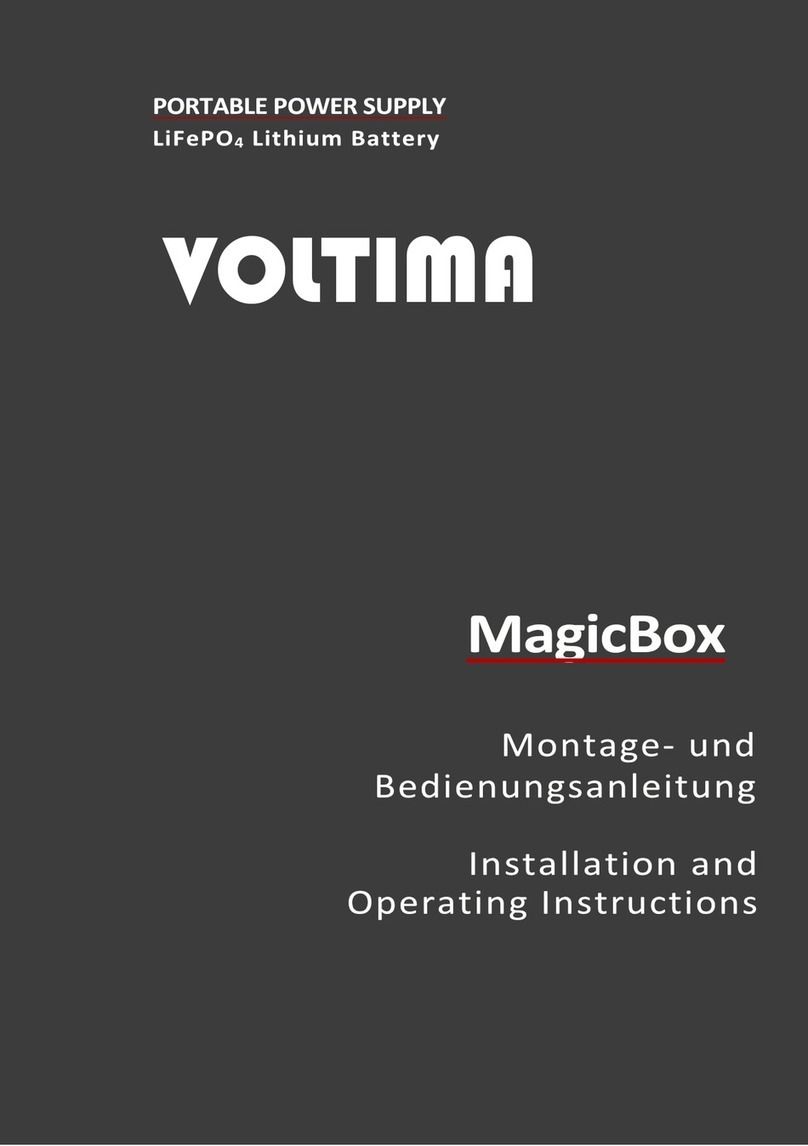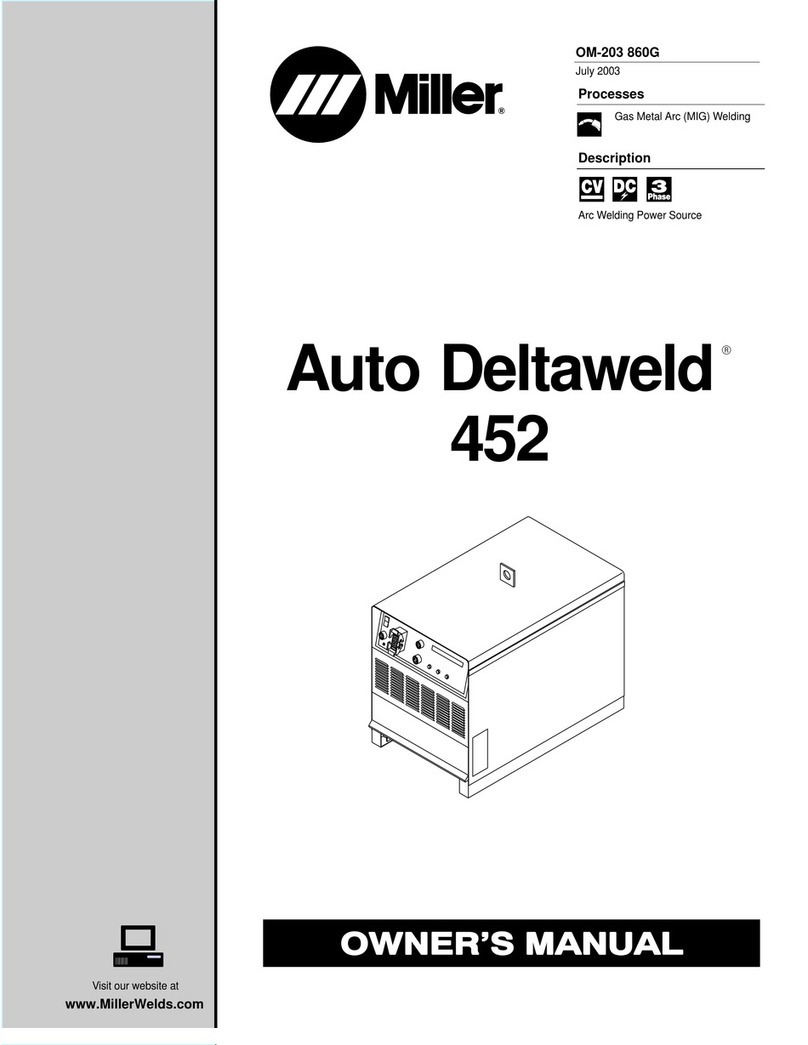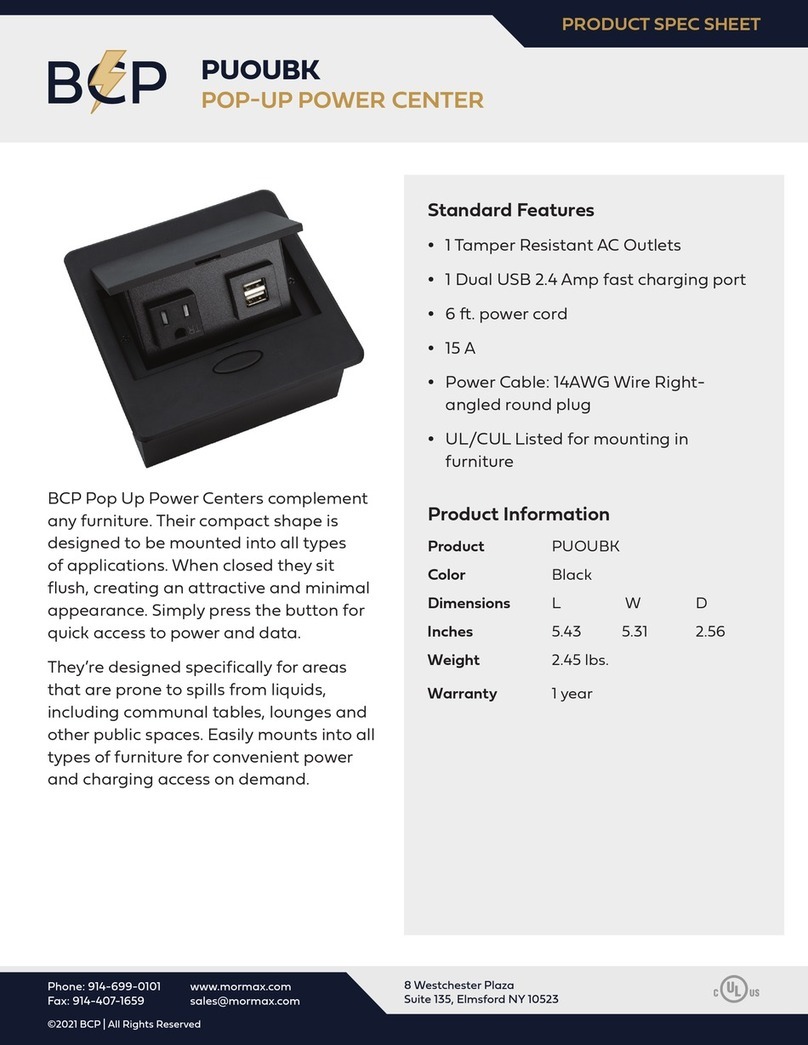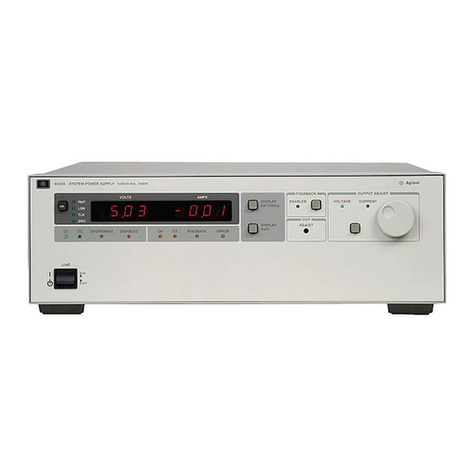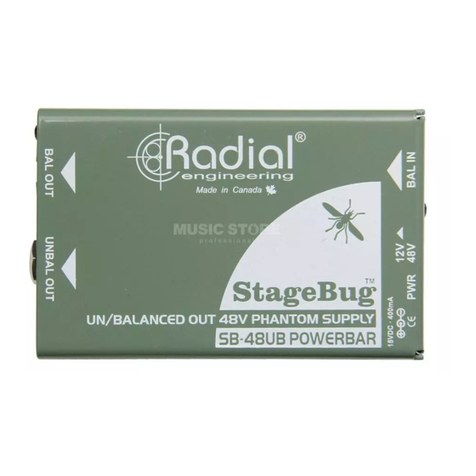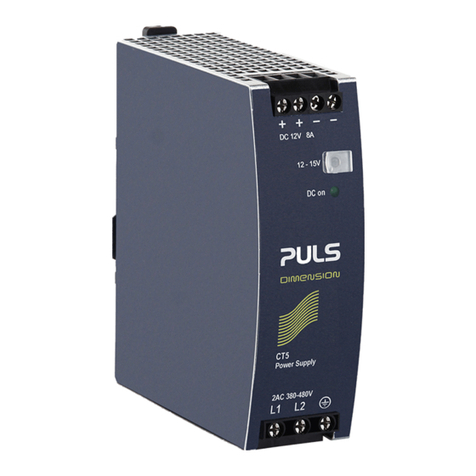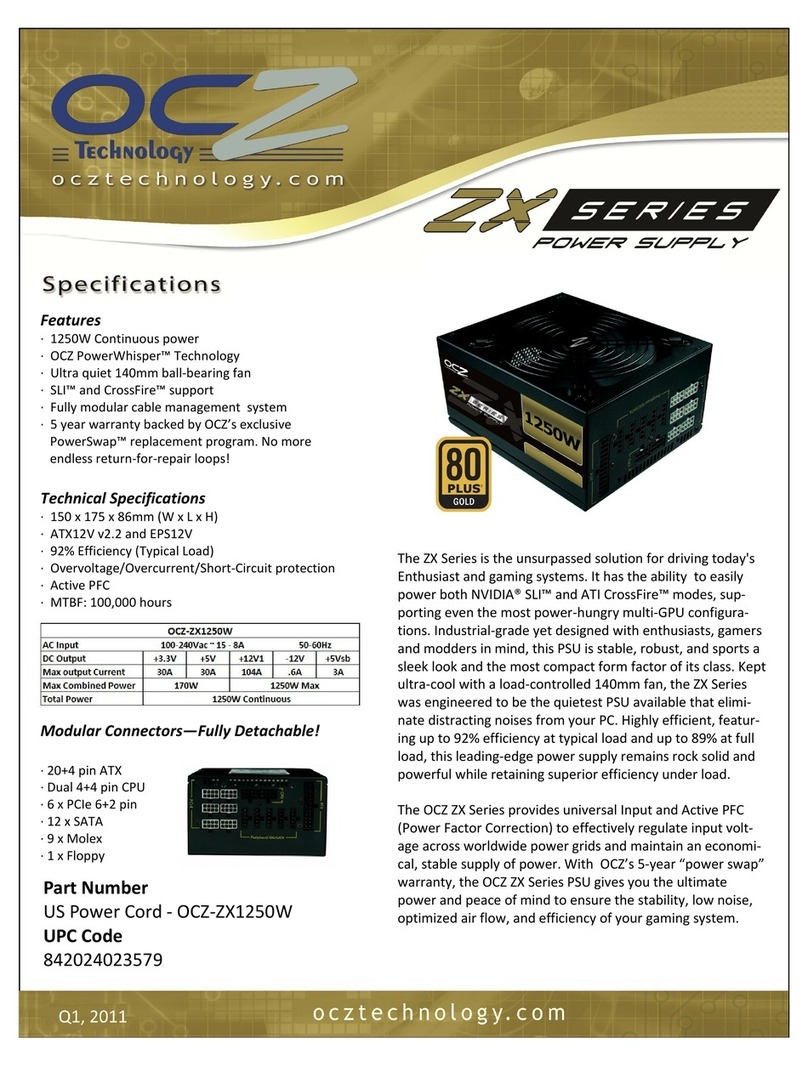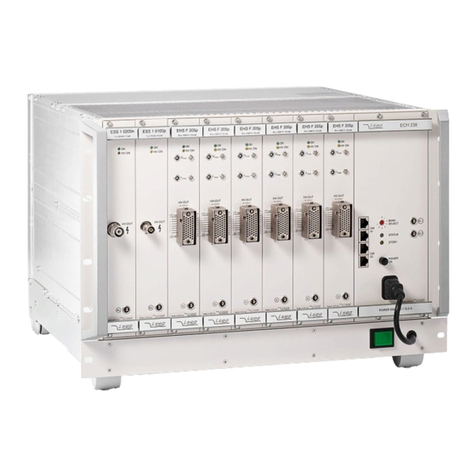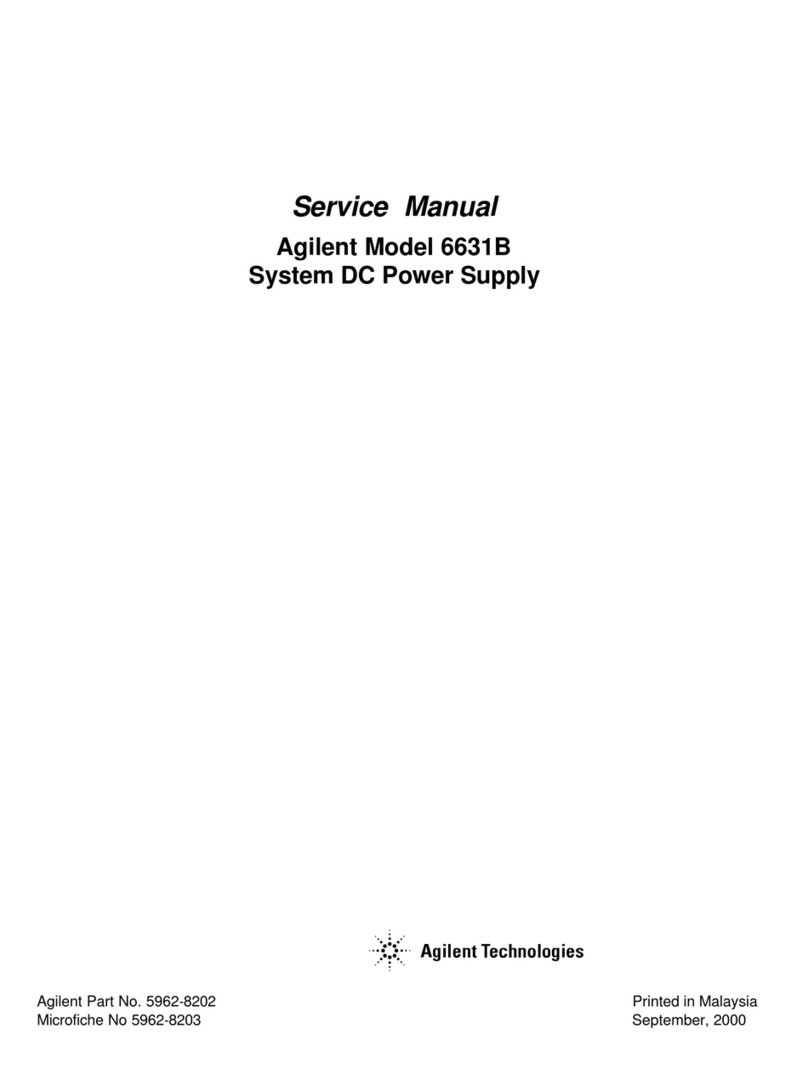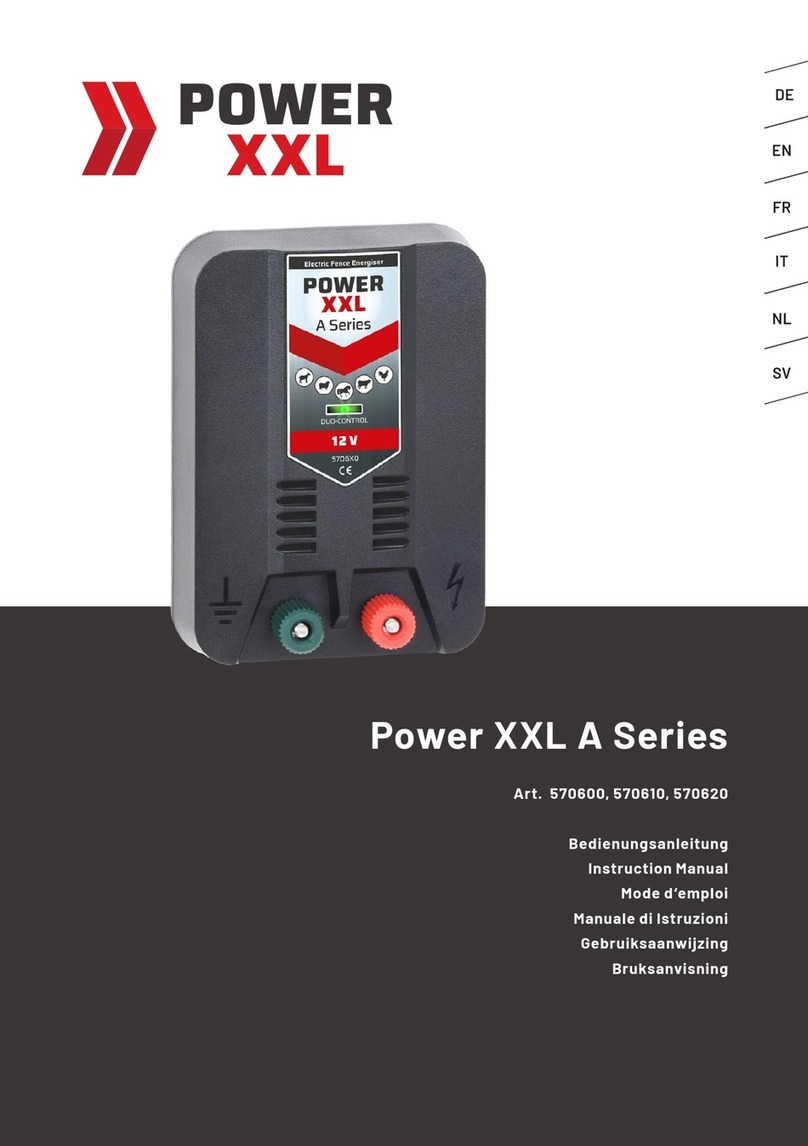
Contents
1 - GENERAL REMARKS............................................................................................................................................... 6
1-1 Power source features............................................................................................................................................... 6
1-2 Functional principle.....................................................................................................................................................6
1-3 Output characteristics.................................................................................................................................................7
1-4 Duty cycle.....................................................................................................................................................................7
1-5 Applications..................................................................................................................................................................8
1-6 Warning label...............................................................................................................................................................8
2 –VERSIONS BRIEFS.................................................................................................................................................... 8
3 -BEFORE COMMISSIONING...................................................................................................................................... 9
3-1 Utilization for intended purpose only........................................................................................................................9
3-2 Machines set-up regulations..................................................................................................................................... 9
3-3 Power source connection.......................................................................................................................................... 9
3-4 Welding cables instruction.........................................................................................................................................9
4- AMIG350LST...............................................................................................................................................................11
4-1 System components.................................................................................................................................................11
4-2 Basic equipments for welding................................................................................................................................. 11
4-3 Control panel............................................................................................................................................................. 11
4-4 Sub menu...................................................................................................................................................................15
4-5 Job mode................................................................................................................................................................... 21
4-6 Interface..................................................................................................................................................................... 23
4-7 Installation..................................................................................................................................................................24
4-8 MIG/LST welding process....................................................................................................................................... 26
4-9 Technical data........................................................................................................................................................... 27
4-10 Dimension................................................................................................................................................................ 27
4-11 Disassembly and reassembly...............................................................................................................................28
5-TROUBLE SHOOTING...............................................................................................................................................30
5-1 Error code.................................................................................................................................................................. 30
5-2 Trouble shooting....................................................................................................................................................... 32
6-CARE AND MAINTENANCE.....................................................................................................................................33
